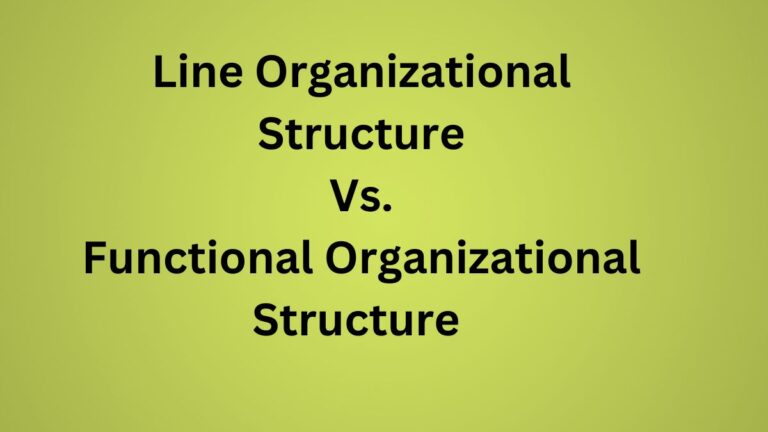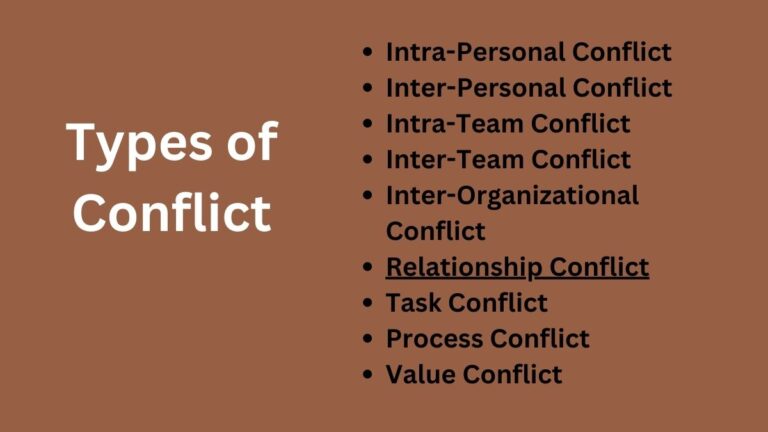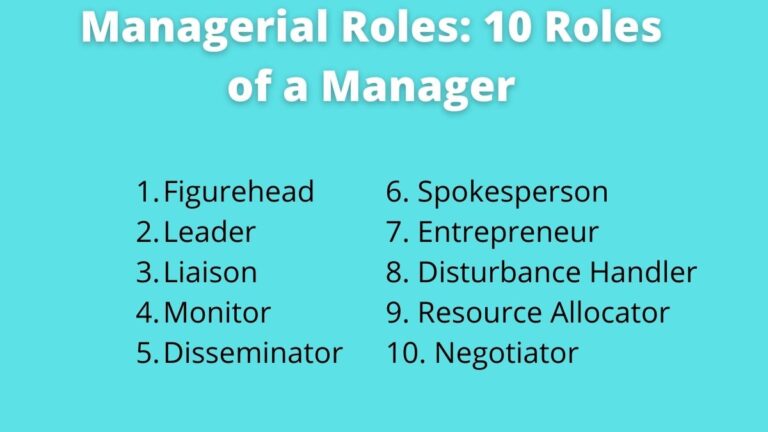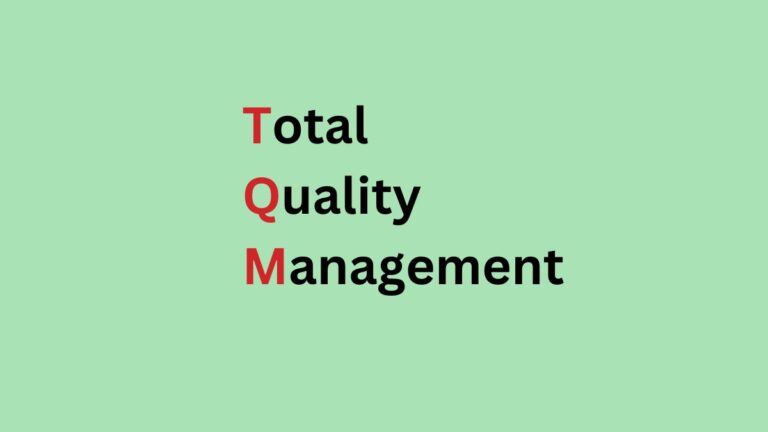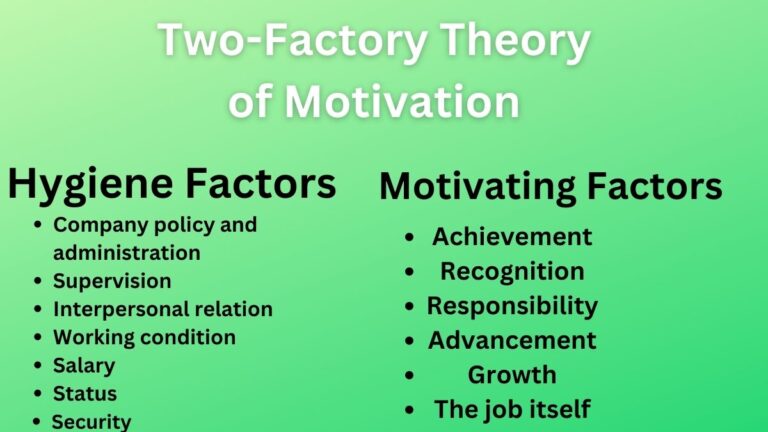What is Line and Staff Organizational Structure? Definition, and Pros/Cons
What is Line and Staff Organizational Structure?
A line and staff organizational structure is a combination of line and functional organizational structures. Where line organizational structure includes a clear hierarchy of authority where authority flows from top to bottom and responsibility from bottom to top. Whereas, the functional organizational structure includes the creation of different departments based on the type and nature of work.
The main goal of this organizational structure is to create a balance between line and functional organization. Meaning that it tries to minimize the drawbacks of both structures and increase their strength so as to become an effective organizational structure.
The chain of command as in the line structure is also in this structure. Similarly, the provision of functional specialists as in the functional structure is also in line and staff organization.
The most important thing to note in this organizational structure is that the authority of the organization is broadly divided into two lines authority and staff authority.
Functional specialists are called staff, who are responsible for preparing plans and have the right to give guidance and suggestions while planning. Line authorities are responsible for the implementation of plans and have the right to direct and exercise control over their subordinates.
Advantages Line and Staff Organizational Structure
The following are the main pros of line and staff organization.
Benefits of Specialization
In line and staff organization, the whole task of the organization is divided into two types of authorities based on functional areas. As in the functional organization, the jobs are assigned to employees based on their functional expertise which increases their quality of doing the same job much more effectively.
Related: Line Organizational Structure
Better Coordination
One of the main advantages of line and staff organizational structure is that it ensures better coordination in the organization. Where line authorities are involved in the implementation of plans and control of activities and staff authorities provide guidance and suggestion to line authorities.
This facilitates the creation of better coordination among all organizational members.
Better Decisions
In line and staff structure, better decisions can be made. Since top managers also consider the views of functional specialists in the decision-making process, the real business setting’s knowledge of functional specialists can add up to make better decisions for organizational growth.
Facilitates Organizational Growth
The line-and-staff organizational structure supports expansion and aids in the expansion of the enterprise’s business operations. Here, functional and line authorities collaborate to accomplish organizational goals.
Depending on the scope and financial advantages, a company may diversify its product lines and extend its operation. With this organizational structure, business activity growth and development don’t lead to any sizable issues.
Relief To Manager
In this organizational structure, line authorities are given the necessary authority to exercise over their subordinates and line departments. This provision in one way saves time and reduces the workload of the manager and in another way prompt decisions and efficient implementations of instructions can be achieved.
Disadvantages of Line and Staff Organizational Structure
Despite many advantages, the line and staff organization also have some disadvantages. Some of them are:
Chances of Conflict
In line and staff organization, there are two types of authorities. One is line authority which has the right to direct subordinates. Another is staff authority which does not have the right to direct other employees and has only the right to give suggestions and guidance. There may be a conflict between these two types of executives because of the authority they possess.
Related: Causes of Workplace Conflict
Costly Structure
Line and staff structure is a costly structure. It has two types of executives staff and line. These both are efficient and experts in their own fields. Thus, they require more remuneration and services for their contribution. This proves this structure is costly as such is not suitable for small organizations.
Over-Dependence on Staff
Sometimes line executives overly depend upon staff executives for guidance and suggestions. They even implement plans depending on the staff executives. Although this is good for the achievement of organizational goals. However, this behavior may exploit the main concept of line and staff structure.
Creates Confusion
Due to the lack of clarity between authority and responsibility in the organization the line and staff structure may create confusion among managers, subordinates, and even between line and staff authorities.
Read Next: Difference Between Line and Functional Structure
Sajan Kushmi is a content writer with more than 4 years of experience. He holds BIM Degree. He write on the topics related to Management, Marketing, and Entrepreneurship.

